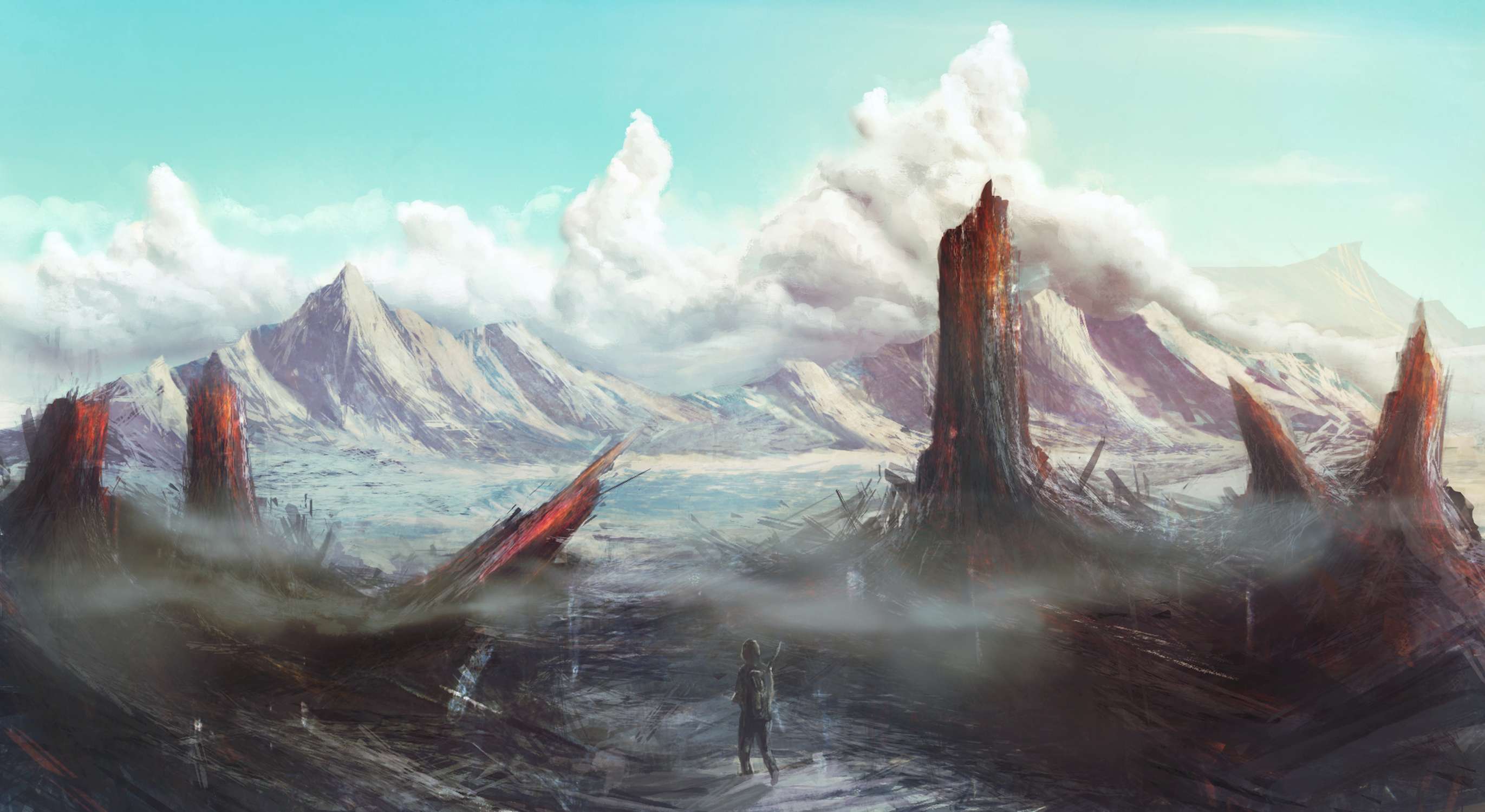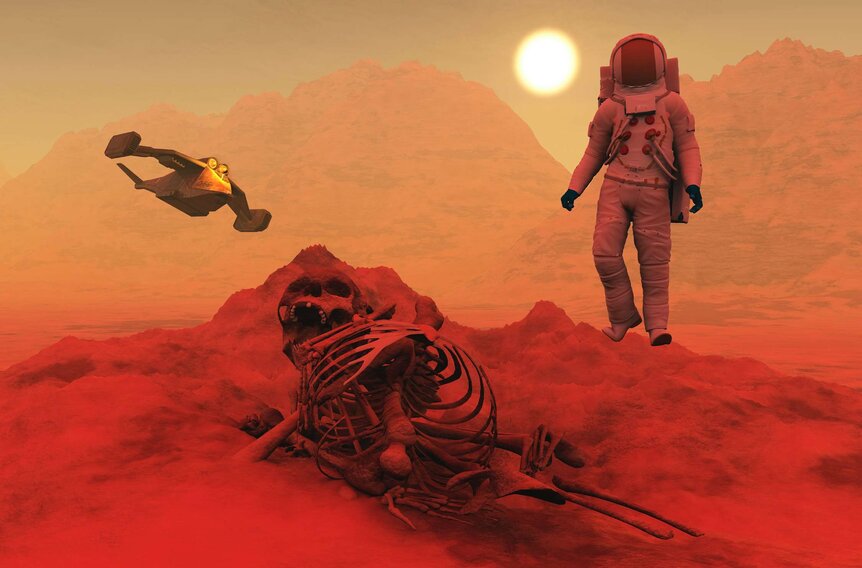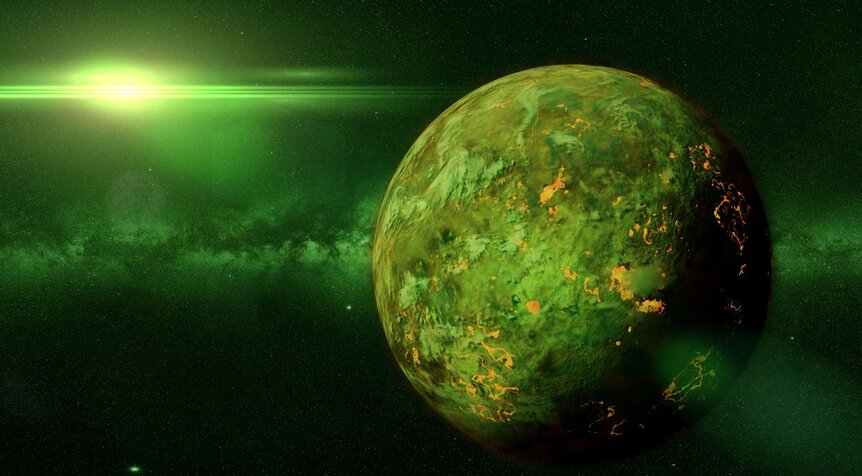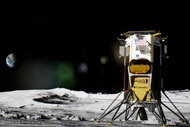Create a free profile to get unlimited access to exclusive videos, sweepstakes, and more!
Astrobiologist suggests seeking out dead worlds for life reseeding efforts

While NASA and other international space agencies are out galavanting around the galaxy in search of signs of life and habitable exoplanets and moons with their many probes, spacecraft, and listening devices, one astrobiologist in Scotland is suggesting that we turn our attention to dead worlds to potentially (and cautiously) reseed back to life.
In an attempt to find destinations suitable for the ingredients known to produce biological existence, the mysteries of how life springs forth, evolves, and spreads in the universe could well be found on barren worlds that long ago harbored those necessary conditions.
"The biological study of lifelessness seems counterintuitive, because biology is the study of life," astrobiologist Charles Cockell of the University of Edinburgh explained to Live Science. "The main point is to not get too obsessed with looking for life and habitable environments. Lifeless worlds can tell us a lot."
According to a new research paper being published next month in the online journal Astrobiology, Cockell makes a convincing point that targeting only living worlds leaves out a significant percentage of feasible planets that might aid in our understanding of cosmic life. Locations such as our sun and moon have been largely ruled out for harboring life, but perhaps our focus should be shifted slightly to gain a new perspective.
"Even Earth, which we consider to be teeming with life, is largely uninhabitable, with a thin biosphere situated on the surface but a largely dead interior," Cockell told Live Science.
Per Cockell's study, investigating these underrepresented, lifeless locations just might aid scientists in learning what percentage of the universe is uninhabitable, what segment is only potentially habitable but simply devoid of life, and if there are various worlds that remain largely empty yet are theoretically semi-fertile with life.
"Astrobiology is focused on the study of life in the universe," he states in his upcoming paper. "However, lifeless planetary environments yield biological information on the variety of ways in which physical and chemical conditions in the universe preclude the possibility of the origin or persistence of life, and in turn this will help explain the distribution and abundance of life, or lack of it, in the universe. Furthermore, many places that humans wish to explore and settle in space are lifeless, and studying the fate of life in these environments will aid our own success in thriving in them."
Cockell believes barren worlds are fantastic candidates for scientists to conduct clean slate experiments where researchers could play cosmic gardeners and release tiny quantities of microbes into lifeless environments to see how fast organisms disseminate and adapt to co-evolve with a particular planet. This process might prove effective for Martian astronauts trying to find a suitable bacteria to introduce into its soil for agricultural production.
While a number of astrobiologists consider the ice-blanketed oceans of Jupiter's moon Europa or Saturn's satellite Enceladus as promising targets to discover life, Cockell states that many environments can be hypothetically habitable yet remain uninhabited. But if we eventually rule them out as containing life, this pair could be a logical starting point to monitor over great swaths of time after seeding them with organisms.
"It would be like the Star Trek Genesis experiment," Cockell added.
In his interview with Live Science, Cockell admitted that such artificial meddling might contain major ethical concerns regarding whether or not we should be altering other planets beyond ours for our own devices. Under 1967's Outer Space Treaty, off-Earth territories in our solar system are legally protected from any outside contamination and the astrobiologist insists it would be vital to first ensure that a world is truly lifeless before charging in.
"One final reason to study lifeless environments might be to accidentally stumble across life," he said to Live Science. "Few thought that volcanic hydrothermal vents at the bottom of the ocean could be habitable until submarine exploration showed them to be bursting with organisms. Such places helped redefine our understanding of where living things can survive and show us life as we don't know it."
















